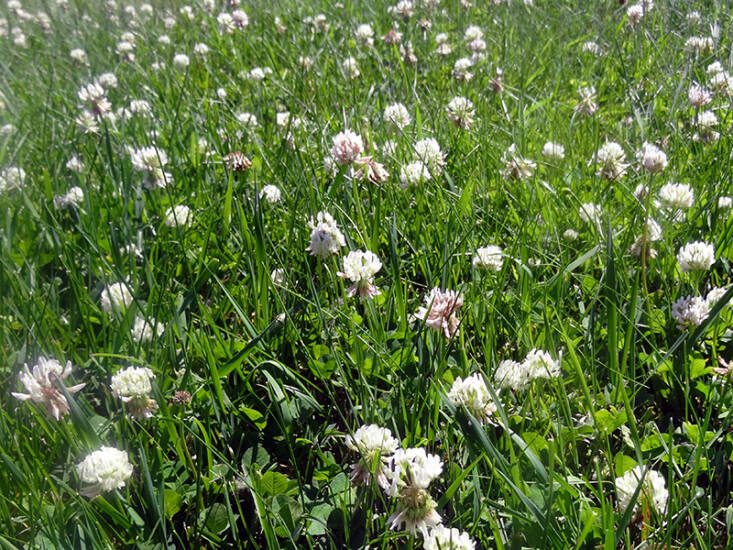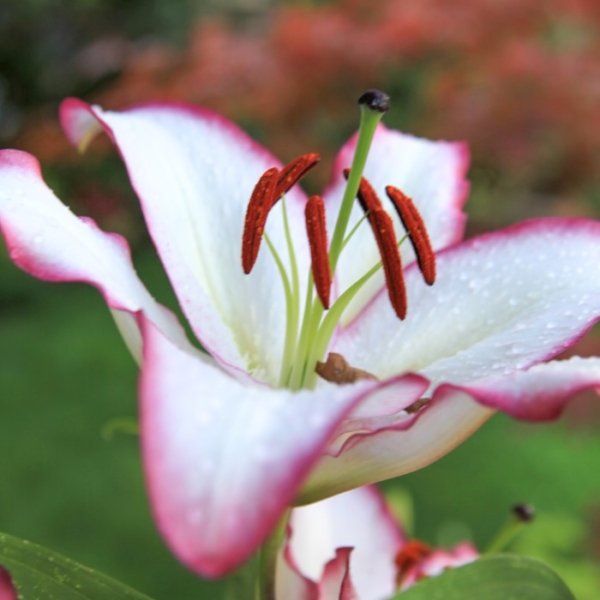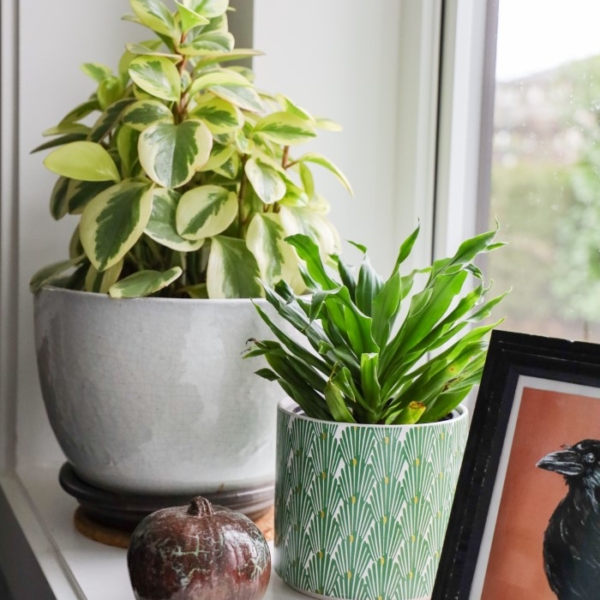“Most folks go into the big box store and just pick seed based on the amount of sunlight that they have,” says Wolfin, but Kentucky Bluegrass, which is the standard turf grass, requires a lot of management and inputs. “There are grass species out there that require far less maintenance, for a much more conservation friendly lawn,” says Wolfin.
For the northern third of the U.S. and Canada, Wolfin points to fescue grass species, which require less fertilizer and have deep root systems that make it drought tolerant. To maximize conservation choose fine fescue grasses, which Wolfin says have 1/6 the fertilizer requirement of traditional turf grass and need to be watered only about once every 3 to 4 weeks; they’re also incredibly slow-growing, so you might need to mow only twice per year. You can simply seed them into the existing lawn like you would any other grass and over a few years, the fine fescue will begin to take over.
In The Climate Conscious Gardener, the Brooklyn Botanic Garden says to avoid fescues and Bermuda grass in the dry western states and instead suggests UC Verde (Buchloe dactyloides), a buffalograss cultivar, and in very dry areas, they recommend blue grama (Bouteloua gracilis).
6. Overseed with wildflowers.

To go one step further, you can intentionally seed low-growing wildflowers right into your lawn. Wolfin says you want to make sure you choose flowers that are known high-quality forage. Wolfin and his team at Twin City Seeds settled on Dutch white clover, creeping thyme, and self-heal for their “bee lawn” mix because they are high-quality bee food that isn’t cost prohibitive. While Dutch white clover isn’t native, Wolfin says researchers at the University of Minnesota observed “a ton of bee diversity” on white clover—and it costs a fraction of what a native plant like pussy toes would (but if you have the budget, pussy toes are a great way to diversify your lawn!).
7. Rewild a section of lawn.

The Wild Seed Project encourages “diversifying your lawn” and published a book on Northeastern native ground covers that is a great resource for lawn alternatives. Writing in the introduction, executive director Andrews Berry encourages replacing unused expanses of grass with low-growing natives, as she did in her own lawn. “Wild strawberries now provide tasty treats for my family when not gobbled up by our backyard chickens. Bumblebees adore the plantings of partridge pea. Stans of ferns provide cover for chipmunks and squirrels. Rewilding with ground covers has quickly transformed our once barren lawn into a vital habitat.” Wild strawberries and less yard work? Sign us up!
See also:
(Visited 2,425 times, 920 visits today)


